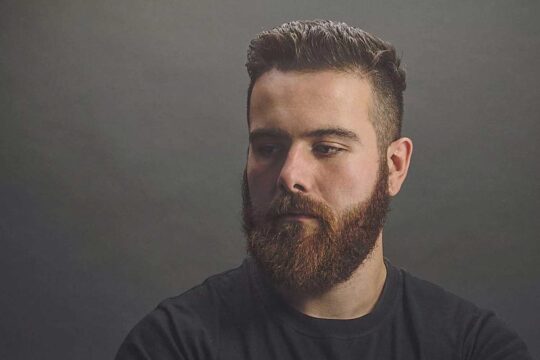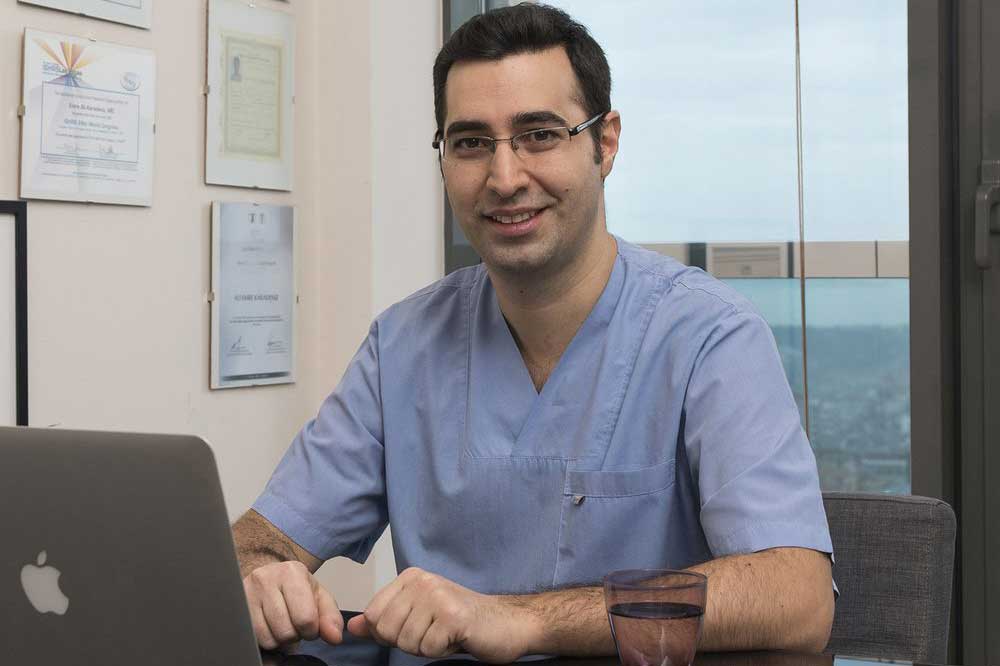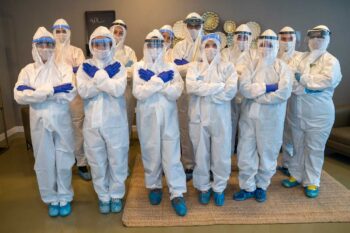
Beard is a very important aesthetic unit for the male face and a masculine symbol. In some cultures beard may be valued even more than scalp hair.
It is possible to use scalp hair as a donor source in order to restore beard hair that is lacking in some men.
Patients who have no significant hair loss may be a good candidate for a beard transplant using FUT hair transplant or FUE hair transplant.

Beard transplantation offers clear benefits: it is considered a safe outpatient procedure with little postoperative pain, and modern techniques deliver natural density. Cost, however, deserves careful thought. Surgery is not cheap, and bargain options often cut corners on graft quality and sterilisation. Many reputable practices provide payment plans, letting patients finance treatment without lowering standards. Remember, a successful transplant hinges on surgical skill, not the lowest quote. Prioritising health, proven results, and clinic accreditation safeguards both appearance and investment.

A thorough consultation is the cornerstone of any beard transplant plan. Your surgeon will evaluate donor density, analyse facial proportions, and discuss exactly what can be achieved.
Bring reference photos if you have a particular style in mind; they help turn vague preference into measurable density and outline goals. During this meeting you remain awake and involved, free to question every step. Honest dialogue about timeline, possible touch-ups, and maintenance ensures the final beard matches expectations rather than marketing promises.

Most candidates report minimal discomfort because leading clinics employ the FUE method, extracting individual follicles with micro-punches instead of removing a strip of skin. This minimally invasive approach reduces scarring and speeds recovery, yet still demands strict expertise. Potential risks—bleeding, infection, or uneven growth—remain rare when protocols are followed. To keep them rare, choose a team with documented safety records and transparent after-care instructions. Quality anaesthesia, sterile instruments, and attentive follow-up transform a delicate procedure into a predictable, comfortable experience.
Men seeking to restore the look of their beards may consider undergoing a beard transplant.
AEK Hair Clinic surgeons use hairs from the scalp as donor tissue for this procedure. This hair follicle tissue is similar to the type of hair found on the face.
Patients must have sufficient amounts of healthy hair follicles from the donor area. Dr. Ali Emre Karadeniz will carefully assess whether the patient is a candidate for this procedure.
A beard transplant is a surgical procedure that involves transplanting hair from another part of the body into the beard area. The procedure usually occurs at the back of the head or under the chin. The hairs are transplanted one at a time, usually between four and seven thousand per transplant. Some surgeons use two hairs per graft. In either case, it is important for the hairs to point in the proper direction.
After a beard transplant, the patient can return to his or her regular activities as quickly as possible. Patients are encouraged to wash their faces 24 hours after the procedure, and can resume daily activities two to three days afterward. However, it is useful to consult your surgeon about what you need to do after the operation. Following your surgeon’s instructions will ensure a successful result. Hair follicles are inserted one at a time into the channels. Generally, the patient can resume washing and wearing make-up after a week, but a small amount of redness may appear for a few days. During this time, the newly transplanted hair will shed for a few weeks. The new hair will then begin to grow and change appearance over a period of six to seven months.
The procedure is performed using a FUE technique and uses micro engines to create channels in the face. The donor area is normally the neck, but other parts of the face can also be used. The important thing is that the hair follicles are alive and healthy. Patients should discuss the risks of surgery with their doctors. Patients should avoid taking blood thinners and should not smoke before the procedure. Smoking is another risk factor because it slows down healing and increases the risk of complications. If you do not stop smoking before the operation, excess bleeding may occur during the operation, which can lead to unhealthy of the grafts. To avoid increasing the risk of complications and bleeding, patients should wear a wide-collared shirt or sweater to avoid infection during the procedure.
The answer to this question depends on a number of factors, including the size and condition of the patient’s beard, and the desired results. A bald, thin, or otherwise unattractive beard is a common cause of concern. Beard transplant surgery can provide men with new facial hair to enhance their facial features and boost their confidence levels.
Beard transplant surgery requires a number of follow-up appointments to ensure a quick recovery and good results. A doctor will provide detailed instructions about how to take care of the donor area. Generally, men who have healthy hair follicles on the back of their head are the best candidates for this procedure. If you suffer from male patterned baldness, however, beard transplantation may not be an option for you.
Before you have your procedure, it’s crucial to know what to expect from the procedure. During your consultation, Dr. Ali Emre Karadeniz will give you a local anesthetic, numbing the donor site and the area where you’ll be getting the hair transed. This will ensure that you don’t feel any pain during the procedure and won’t have any difficulty communicating with the surgeon or surgical team. A short, oral sedative will help you relax during the procedure.
The surgical procedure involves strip harvesting. The surgeon will then remove small strands of hair-covered tissue from the donor area and stitch the wound. Then, he or she will dissect the strip under a microscope. The grafted hairs will be transplanted to the patient’s face. The surgeon must make sure that each hair is pointing in the correct direction. Depending on the size of the recipient area, a second or third procedure may be needed.
To get a full beard, you need about 2,500 to 3,000 individual hair grafts. Fortunately, a goatee-like beard can be created with significantly fewer grafts. The total number of donor hair grafts needed will depend on the type of facial hair that you want to grow. If you’re just going to get a mustache or sideburns transplanted, you’ll probably need less.
Hair grafts are extracted using a technique called Follicular Unit Extraction (FUE). The surgeon uses tiny incisions to remove the donor area’s hair. He or she will then implant the new hair on the patient’s beard. The surgeon will determine the density, direction, and angulation of the new hair, which will be implanted. A surgeon will use their experience to ensure a natural look and feel.
Before undergoing a beard reconstruction, you must first assess your health. You should be in generally good physical condition. If you have chronic medical conditions, such as high blood pressure or diabetes, you should consider getting them under control before undergoing the procedure. If you are under a lot of pressure from friends and family, you may not be in the best physical shape to undergo a procedure like this. If you’re in good health and don’t mind a little pain, you can usually do the procedure with local anesthesia.
Like any operation, there are of course risks in this operation. However, there are many operations performed on the face in the health sector and these operations are successfully completed thanks to the surgeons who are successful in the field. Beard transplant operation is also a risky operation, but thanks to successful surgeons and medical teams, even if you encounter any problems, this problem can be solved immediately.
The most appropriate age varies from person to person. However, it is very important for a man to at least complete puberty. Because there are also men whose beards can grow later. If you are in your mid-20s and do not have the beard you want, then you can contact AEK Hair Clinic with peace of mind.
Before the procedure, a physician will carefully evaluate the donor area and identify the number of hair follicles needed for the transplant. The surgeon will then select individual hairs based on their thickness and direction of growth, as well as their suitability to thicken or match the existing beard hair. After identifying the donor hair, Dr. Ali Emre Karadeniz will harvest the hairs using a FUE method. The surgeon will use hollow microneedles with 0.7 mm in diameter to separate each hair follicle from the skin. These hairs will be placed in a nutrient solution, preserving the vitality of the roots.